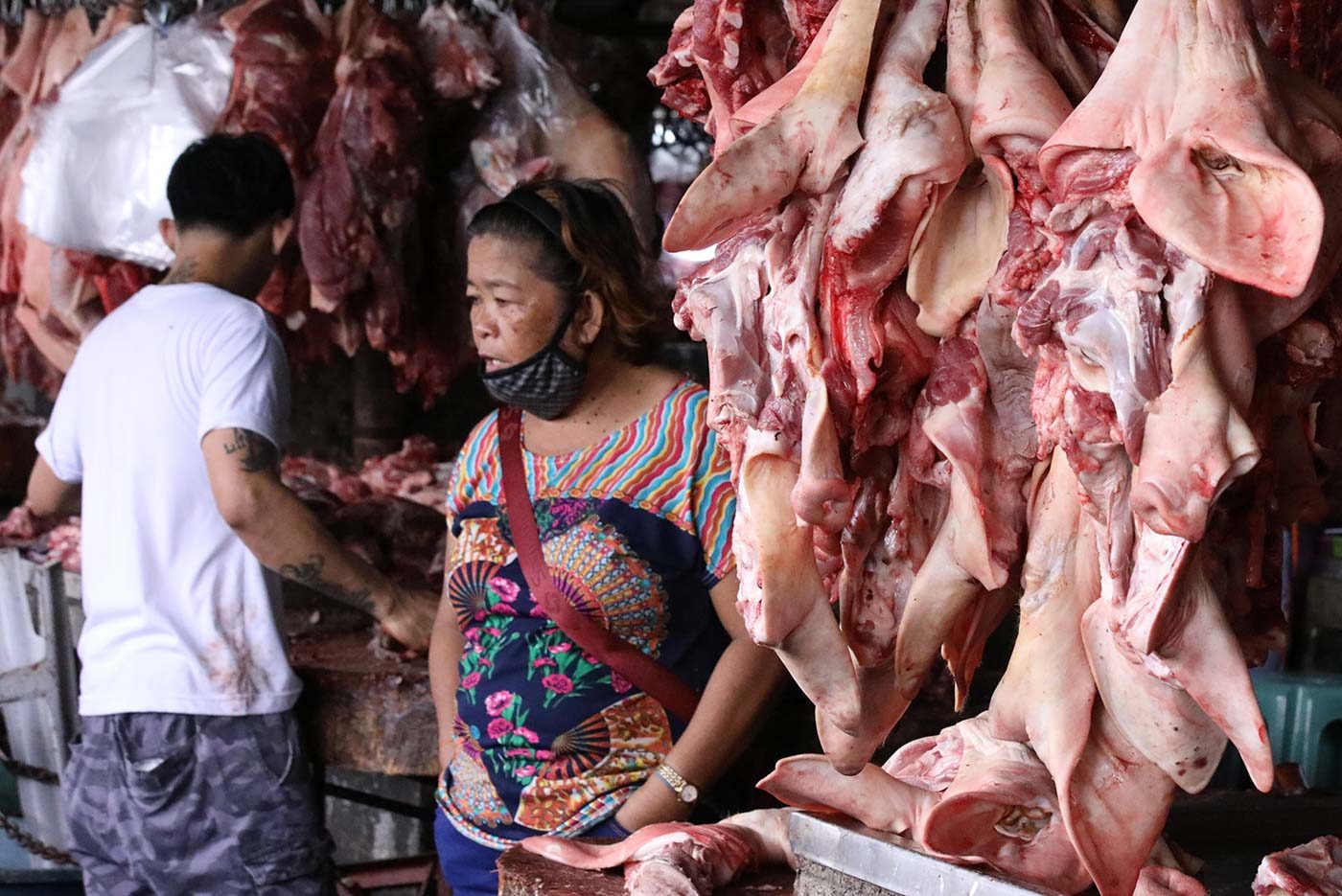SUMMARY
This is AI generated summarization, which may have errors. For context, always refer to the full article.

MANILA, Philippines – Farmers in several areas in Luzon have reported that their pigs have suffered from loss of appetite, vomiting, and even sudden death.
The response of the Department of Agriculture (DA) as a disease spreads, threatening the hog industry and public health? Limited information for the media.
In a press briefing on Wednesday, August 21, DA Spokesperson Noel Reyes assured the public that the situation is under control, but still refused to name the disease that is affecting hogs and where these hogs are located.
“In partnership with local government units, the private sector, and PNP (Philippine National Police), we at the DA-BAI (Bureau of Animal Industry) and concerned DA-RFOs (regional field offices) vigorously conduct joint monitoring of the movement of live pigs, pork, and pork-related products in suspected infected swine farms,” Reyes said, reading a prepared statement.
“We strongly require that movement and trade of live animals, meat, and processed products be accompanied [by the] appropriate veterinary health certificate, shipping permit, and meat inspection certificate,” he continued.
In the briefing, the second on the matter, Reyes also urged swine raisers to improve their “biosecurity measures and prohibit swill feeding” or letting pigs eat scraps of food.
Reporters then asked specific details like how to ensure that pigs are safe to slaughter and sell to the public, as well as specific guidelines on how the public should act within the affected areas. The media also asked Reyes just how many or big the affected areas are.
Reyes refused to answer the questions, only saying that the details would be available in “the third bulletin.” He also referred to the illness as one of the “most major economic swine diseases.”
Reporters also pointed out that the provincial government of Rizal has already identified 3 affected areas.
“I neither confirm nor deny that,” Reyes said.
The media went on to ask the proper way to cull infected hogs. Reyes said he is not a “technical person” and even directed the question to an agriculture reporter.
“Just google it,” he said.
Television reporters pointed out to Reyes that they were able to go to affected areas in Rizal, where people have been desperate for answers and clueless over what to do with the dead pigs.
A report from the Philippine Star said that the barangays of Macabud, San Isidro, and San Jose in Rodriguez, Rizal, have been quarantined since Saturday, August 17, due to the reported deaths of hogs there.
Meanwhile, a BusinessMirror report stated that the local government has offered P3,000 per culled pig.
There are even reports that people have been making longganisa and sausages out of the dead pigs and have been selling these at low prices.
The unnamed disease is said to not be harmful to humans, but people can become carriers of the disease and infect healthy pigs.
“We will disclose more details [in] the third bulletin…which will be made available in the coming days,” Reyes repeated.
Rumors have spread that the unnamed disease is African swine fever, which has affected at least 25 countries in Europe, Africa, and Asia, according to the World Organisation for Animal Health. – Rappler.com
Add a comment
How does this make you feel?
There are no comments yet. Add your comment to start the conversation.